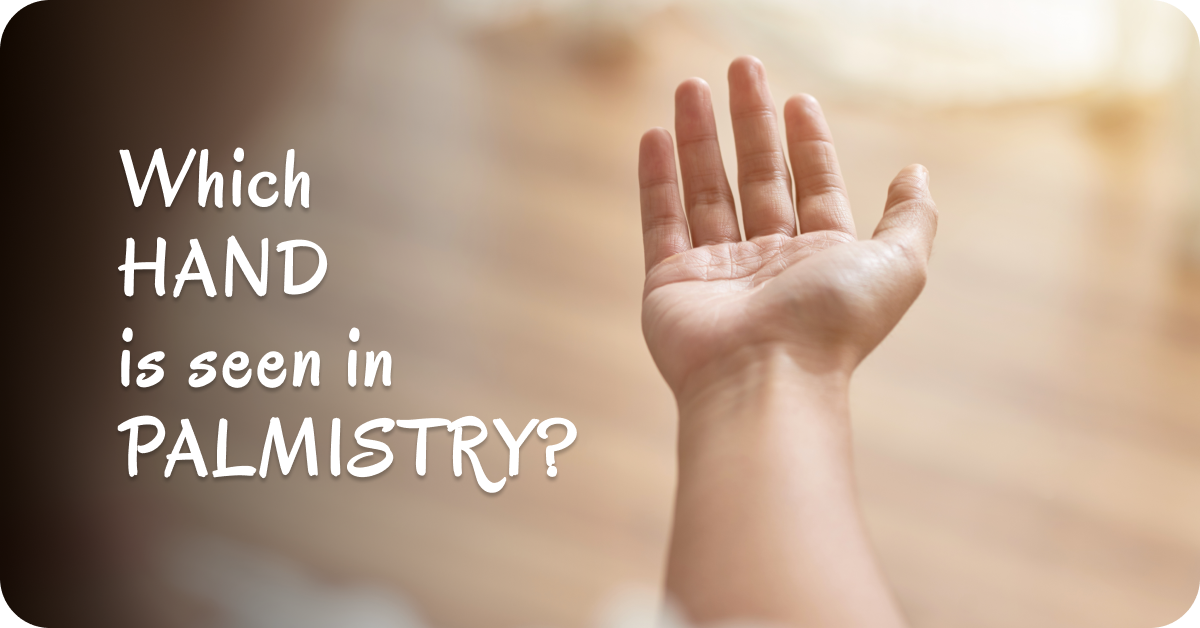Palmistry, the ancient art of interpreting the lines and features of the hand, has fascinated people for centuries. One of the common questions that arise in palmistry is whether there’s a difference in which hand should be read for males and females. In this blog post, we’ll explore into this topic in detail, exploring the traditional views and modern interpretations of which hand to read for men and women in palmistry.
Male and Female Hands in Palmistry
In traditional palmistry, there’s a notion that the dominant hand reflects the present and future, while the non-dominant hand reveals inherited traits and potential. For men, the dominant hand is usually considered to be the right hand if they are right-handed, and for women, it’s the left hand if they are right-handed.
The Dominant Hand
1. For Men:
In palmistry readings for men, emphasis is often placed on the dominant hand. This hand is believed to represent the active, outward-facing aspects of their personality and life path. It reflects the decisions they make and the actions they take in their lives.
2. For Women:
Conversely, women typically consider the non-dominant hand as their dominant hand, which is often the left hand for right-handed individuals. They believe this hand reveals their inherent qualities, natural inclinations, and inherited traits.
The Non-Dominant Hand
1. For Men:
In palmistry, men regard the non-dominant hand as reflecting their innate characteristics, talents, and potentials. It provides insights into their inner world, subconscious tendencies, and underlying personality traits.
2. For Women:
Similarly, women believe that the non-dominant hand (usually the right hand for right-handed individuals) unveils their underlying nature, talents, and potentials. They consider it to offer a glimpse into their inherited qualities and deeper aspects of their personality.
Get future predicted of your female partner: Read this Quick Guide
Modern Perspectives and Variations
While traditional palmistry offers guidelines on which hand to read for men and women, modern palmists may interpret hand readings differently. Some practitioners advocate reading both hands for a comprehensive understanding of an individual’s character and life path. Others prioritize the dominant hand regardless of gender, focusing on the hand that reflects the individual’s current actions and choices.
Conclusion
In conclusion, while traditional views dictate which hand to read for males and females in palmistry, the practice remains flexible. Men often emphasize the dominant hand, whereas women typically give more weight to the non-dominant hand. However, modern interpretations may vary, and some palmists may choose to read both hands for a more holistic analysis. Ultimately, the interpretation of palmistry readings depends on the practitioner’s expertise and the unique characteristics of the individual’s hands.
![]()
